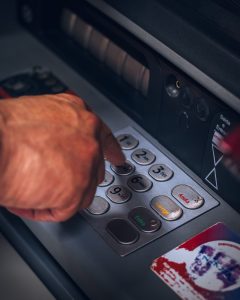Building your own VPS server for forex trading can be a great way to gain more control over your trading environment and potentially improve performance. In this article, we’ll cover the steps required to build your own VPS server for forex, including selecting hardware, setting up software, and configuring your trading platform.
Step 1: Selecting Hardware
The first step in building a VPS server is selecting hardware that will meet your needs. Some key considerations include:
– Processor speed: You want a processor with high clock speeds to ensure fast execution of trades and minimal lag.
– Ram: You should have at least 4GB of RAM, although more is better.
– Storage: An SSD is recommended for fast access to data and quick boot times.
– Bandwidth: You should aim for at least 1 Gbps of bandwidth to ensure fast and reliable connectivity.
For a VPS server, you can either purchase a pre-built server or build your own using a barebones system. If you choose to build your own, you’ll need to select a motherboard, processor, RAM, storage, and a power supply.
Step 2: Setting up Software
Once you have your hardware, you’ll need to install the necessary software to run your VPS server. This includes:
– An operating system: You can choose from a variety of operating systems, including Windows Server, Linux, and macOS. Linux is a popular option for VPS servers due to its stability, security, and low cost.
– Virtualization software: You’ll need virtualization software such as VMware or VirtualBox to create virtual machines on your VPS server.
– Remote access software: You’ll need remote access software such as Remote Desktop Protocol (RDP) or VNC to connect to your VPS server from your local computer.
Step 3: Configuring Your Trading Platform
After setting up your VPS server, you’ll need to configure your trading platform to run on the server. This involves:
– Installing the trading platform: Install your preferred trading platform on your VPS server. Popular options for forex trading include MetaTrader 4 (MT4) and MetaTrader 5 (MT5).
– Setting up your account: Create a new account on your trading platform and enter your login credentials.
– Configuring your trading platform: Configure your trading platform to your preferences, including setting up your charts, indicators, and expert advisors (EAs).
Step 4: Optimizing Your VPS Server
To ensure optimal performance, you’ll need to optimize your VPS server. This involves:
– Tweak server settings: Configure your server settings to maximize performance, such as disabling unnecessary services, adjusting virtual memory settings, and setting CPU priority.
– Monitor and optimize performance: Use performance monitoring tools to monitor server performance and make adjustments as needed.
– Backup and restore: Regularly backup your server to ensure you can quickly restore it in the event of a hardware failure or other issue.
Conclusion
Building your own VPS server for forex trading can be a great way to gain more control over your trading environment and potentially improve performance. By selecting the right hardware, setting up the necessary software, and configuring your trading platform, you can create a powerful and reliable trading system that meets your needs. With a little bit of effort and investment, you can create a VPS server that can help you achieve your trading goals.






